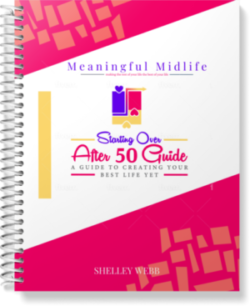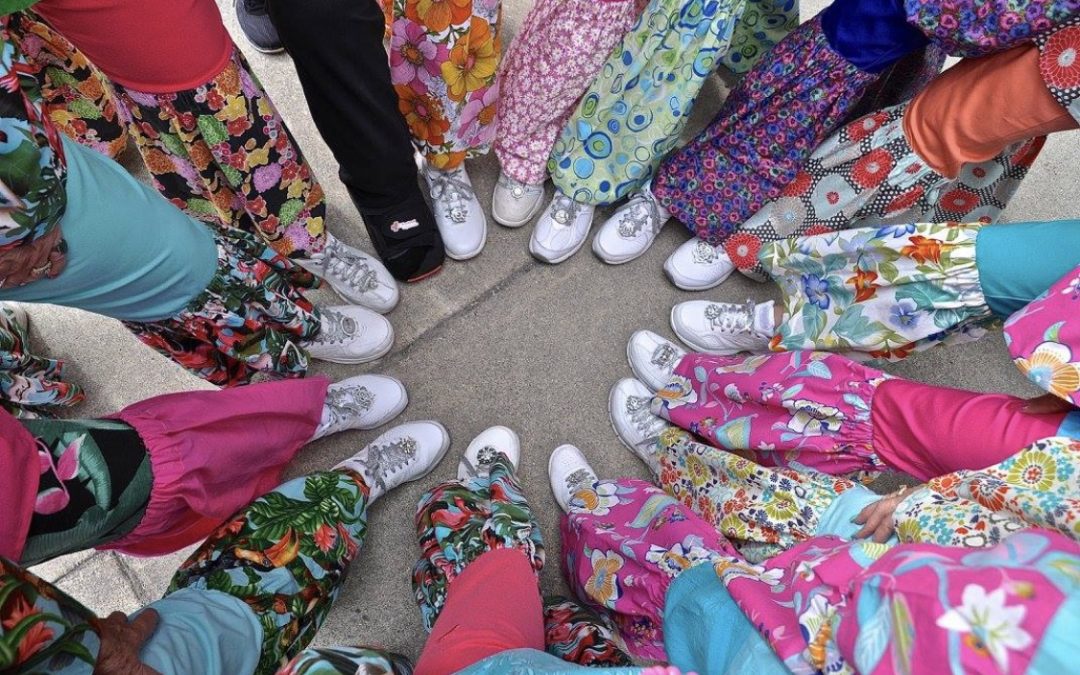You may think that just buying a good, expensive pair of shoes will be fine no matter which type of activity you’re doing, but that’s not accurate. Your body reacts differently to all kinds of activities. Obviously, you wouldn’t see a ballerina wearing a pair of tennis shoes or a workman wearing sandals, and although running and walking seem like the same activity (one just faster than the other), they really aren’t. You actually use your feet differently with each one.
The American Academy of Podiatric Sports Medicine states that both good walking shoes and good running shoes offer stability, cushioning and allow for a smooth stride, like these cool-looking Nike shoes but there are some individual differences between each one.
Running Shoes
Runners have different styles of running – they may bring their foot down first on your heel and roll forward to the ball of their foot or they might also land on the ball of their foot first and then push off. Obviously, running is a higher impact than walking. Each time the foot comes down, the body absorbs three times its weight on impact!
Running shoes are usually lighter in weight but have heavier cushioning, especially for the heel and the toe. They will also have a stiffer sole and thicker heel wedges. Many running shoe uppers are made of mesh because of the larger exertion of energy while running causes the feet to be hotter.
Even though they’re lighter, running shoes have more stability resulting in better motion control and fewer injuries because the rotation of the foot is more exaggerated when running.
Walking shoes
Walking has less body impact than running and most walkers (unless they are doing speed walking or fitness walking – fitness walkers need a flexible, lightweight, and flat shoe as they strike with the heel and roll through each step) tend to walk the same way which is by putting the heel of the foot on the ground first and then rolling forward to the ball and then the toes. With walking, the body absorbs one and a half times its weight which is half as much as when running. Walking also has a more even distribution of weight for your feet and legs.
Walking shoes didn’t formally exist until 1986. They don’t need to be as light in weight but they do need good arch support. If you have a high arch like me (from dancing a lot of ballet), you should choose a shoe with more cushioning. If you have flatter feet, you need walking shoes that have more stability.
I mentioned that running shoes have thicker heel wedges and that’s not good for walking. If you choose to walk in a shoe with a thicker heel wedge, you could actually risk getting shin splints or tendinitis. You might also trip! Walking shoes are more beveled.
Walking shoes aren’t necessarily heavy but are almost always heavier than running shoes.
Whether you are walking or running, (or dancing with The Blazen Divaz), wearing the proper shoe will help to keep your body free from injury. Both types of shoes should provide good support for between 300 to 500 miles. For the best results, consult a professional to help you choose the shoe that is best for your style of running, fitness walking or parade dancing.
LEARN TO LOVE YOUR LIFE AGAIN
 Do you feel like you need to hit the REFRESH button on your life? Download our free guide and begin to create your best life yet!
Do you feel like you need to hit the REFRESH button on your life? Download our free guide and begin to create your best life yet!



